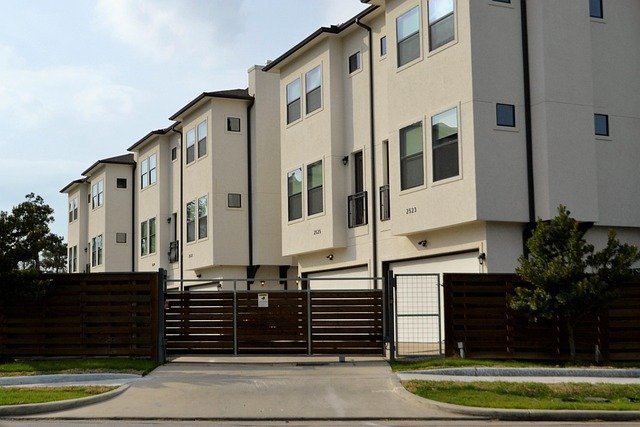A Comprehensive Guide to Sec 8 Housing for Seniors
As we age, finding affordable and comfortable housing becomes increasingly important. For many seniors, Section 8 housing offers a viable solution to maintain independence while managing expenses. This guide will explore the ins and outs of Section 8 housing for seniors, providing valuable information to help you navigate this important housing option.

What is Section 8 Housing for Seniors?
Section 8 housing, officially known as the Housing Choice Voucher Program, is a federal assistance program designed to help low-income individuals and families, including seniors, afford safe and decent housing in the private market. For seniors, this program can be particularly beneficial as it allows them to live independently in apartments or homes that meet their specific needs while receiving financial assistance to cover a portion of their rent.
Who is Eligible for Section 8 Housing as a Senior?
Eligibility for Section 8 housing as a senior is primarily based on income and age. Generally, individuals must be at least 62 years old to qualify as a senior for this program. Income requirements vary by location, as they are based on the area’s median income. Typically, an applicant’s income must not exceed 50% of the median income for their county or metropolitan area. Additionally, U.S. citizenship or eligible immigration status is required, and applicants must pass a background check.
How Does the Application Process Work?
The application process for Section 8 housing can be lengthy and often involves waiting lists. Here’s a general overview of the steps:
-
Contact your local Public Housing Agency (PHA) to begin the application process.
-
Complete and submit the required application forms, providing accurate information about your income, assets, and household composition.
-
Attend an interview with a PHA representative to verify your information and eligibility.
-
If approved, you’ll be placed on a waiting list until a voucher becomes available.
-
Once you receive a voucher, you can begin searching for suitable housing that meets program requirements.
-
After finding a property, the PHA will inspect it to ensure it meets health and safety standards.
-
If the property passes inspection and the rent is approved, you can sign a lease and move in.
What Are the Benefits of Section 8 Housing for Seniors?
Section 8 housing offers several advantages for seniors:
-
Affordability: Participants typically pay no more than 30% of their income towards rent, with the voucher covering the remainder.
-
Choice: Seniors can choose from a variety of housing options that suit their needs, rather than being limited to designated public housing complexes.
-
Flexibility: Vouchers can be used to remain in current residences if landlords agree to participate in the program.
-
Independence: The program allows seniors to maintain their independence while receiving necessary financial support.
-
Quality Standards: All Section 8 housing must meet specific health and safety standards, ensuring a suitable living environment for seniors.
How Does Section 8 Compare to Other Senior Housing Options?
When considering housing options, it’s important to compare Section 8 with other alternatives available to seniors. Here’s a comparison of some common senior housing options:
| Housing Option | Cost to Resident | Amenities | Level of Independence |
|---|---|---|---|
| Section 8 | 30% of income | Varies by property | High |
| Senior Apartments | Market rate | Often includes social activities | High |
| Assisted Living | Higher costs | Meals, personal care, activities | Moderate |
| Nursing Homes | Highest costs | 24/7 care, meals, activities | Low |
Prices, rates, or cost estimates mentioned in this article are based on the latest available information but may change over time. Independent research is advised before making financial decisions.
What Should Seniors Consider When Applying for Section 8 Housing?
When applying for Section 8 housing, seniors should keep several factors in mind:
-
Waiting Times: Due to high demand, waiting lists can be long. It’s advisable to apply as early as possible.
-
Location Preferences: Consider proximity to healthcare facilities, family, and community resources.
-
Accessibility Needs: Ensure the chosen property can accommodate any mobility or health-related requirements.
-
Program Rules: Familiarize yourself with the program’s regulations, including annual recertification requirements.
-
Alternative Options: While waiting for Section 8 approval, explore other temporary housing solutions or local senior assistance programs.
In conclusion, Section 8 housing can be an excellent option for seniors seeking affordable and independent living arrangements. By understanding the eligibility requirements, application process, and benefits of the program, seniors can make informed decisions about their housing needs. While the process may require patience and persistence, the potential for stable, affordable housing makes Section 8 a valuable resource for many older adults.




